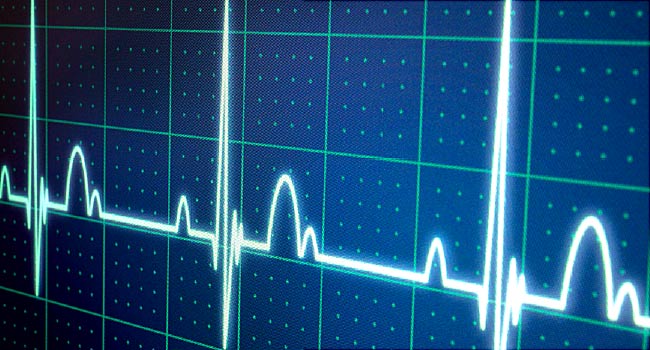Necklace Spots A-Fib in Just Over 30 Seconds
[ad_1]
And while the U.S. Preventive Services Task Force has not yet advocated routine EKG screening for people who lack symptoms (citing a lack of evidence that screenings would be helpful), the European Society of Cardiology has taken a different tack. It recommends occasional screening for those over 65, and routine screening for those over 75 as well as for those who face a high risk for stroke.
But following that advice can prove difficult, said Santala, given that a-fib “is often symptomless and intermittent, making its detection and diagnosing challenging.”
Santala acknowledged that patients already have a number of effective invasive and noninvasive a-fib monitoring options. Those include small wearable devices such as the “Holter monitor” — which attaches to the chest with electrodes — and invasive heart recording devices (called loop recorders) that must be implanted surgically. There’s also EKG apps that run on the Apple iWatch.
However, such options “are expensive and require interpretation by health care professionals,” said Santala. By contrast, the necklace “is simple to use and allows repetitive self-monitoring of heart rhythm, thereby improving the likelihood of detecting atrial fibrillation.”
Necklace pricing is yet to be determined, said Santala, but it will be “less expensive than an Apple iWatch.”
A couple of U.S. experts reacted to the Finnish effort with cautious optimism.
“The general rule is the more you screen for a-fib, the more you’ll find,” said Dr. Patrick Ellinor, director of the cardiac arrhythmia service at Massachusetts General Hospital in Boston.
“And everyone that sells any kind of device that’s on you wants to add an EKG to that device because the best technology is the one that’s actually on you and that you’ll use,” Ellinor said.
“The most famous example is probably the iWatch, which looks good, so people do wear them. But that’ll set you back about $500. So if this necklace works well, looks good, and has a price point that’s less than that, then I would say it could be a reasonable option,” Ellinor added.
But Dr. Gregg Fonarow, director of the Ahmanson-University of California, Los Angeles, Cardiomyopathy Center, said that while the necklace’s ability to accurately record EKGs was “found to be of sufficient quality,” more research is needed.
[ad_2]
Source link




